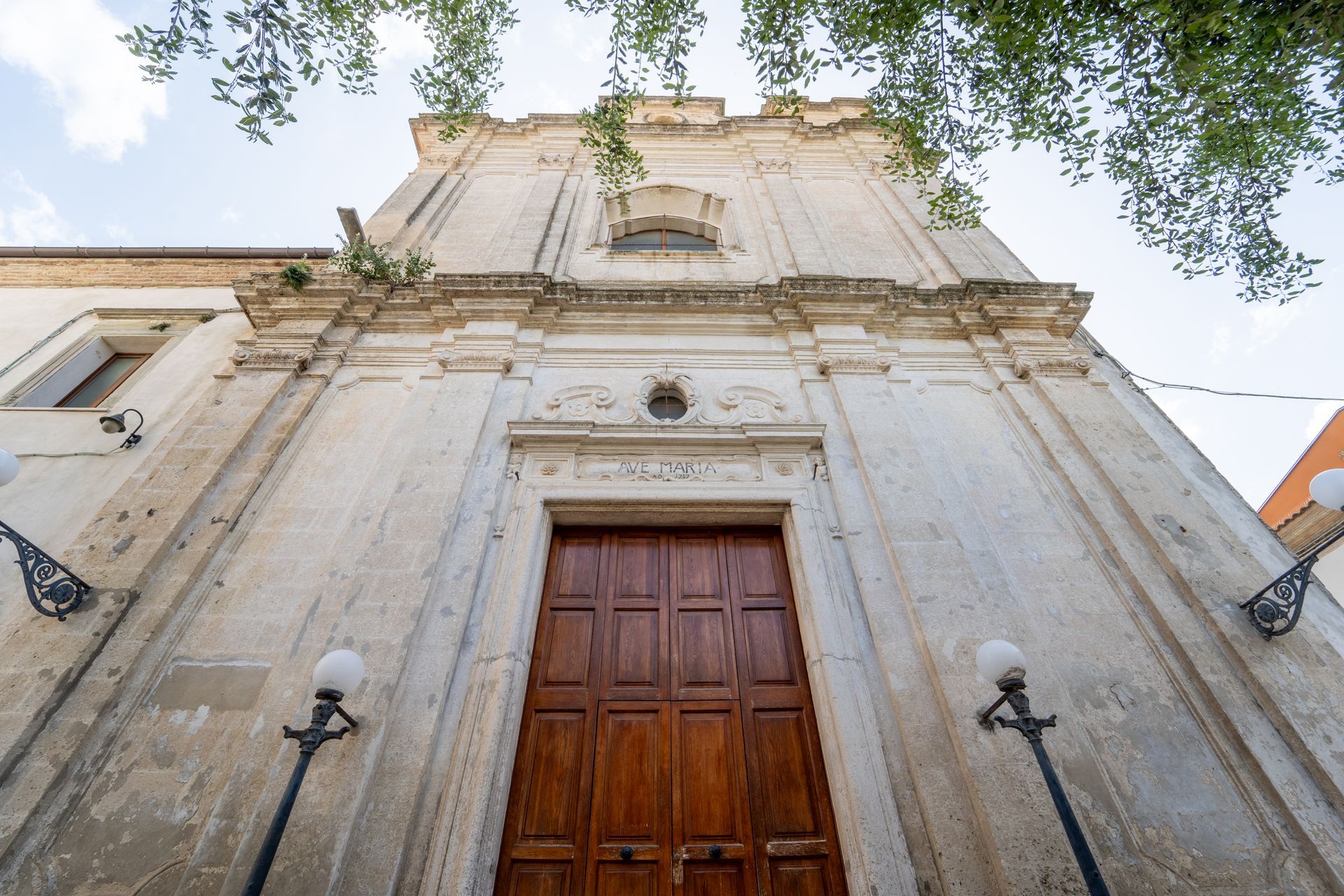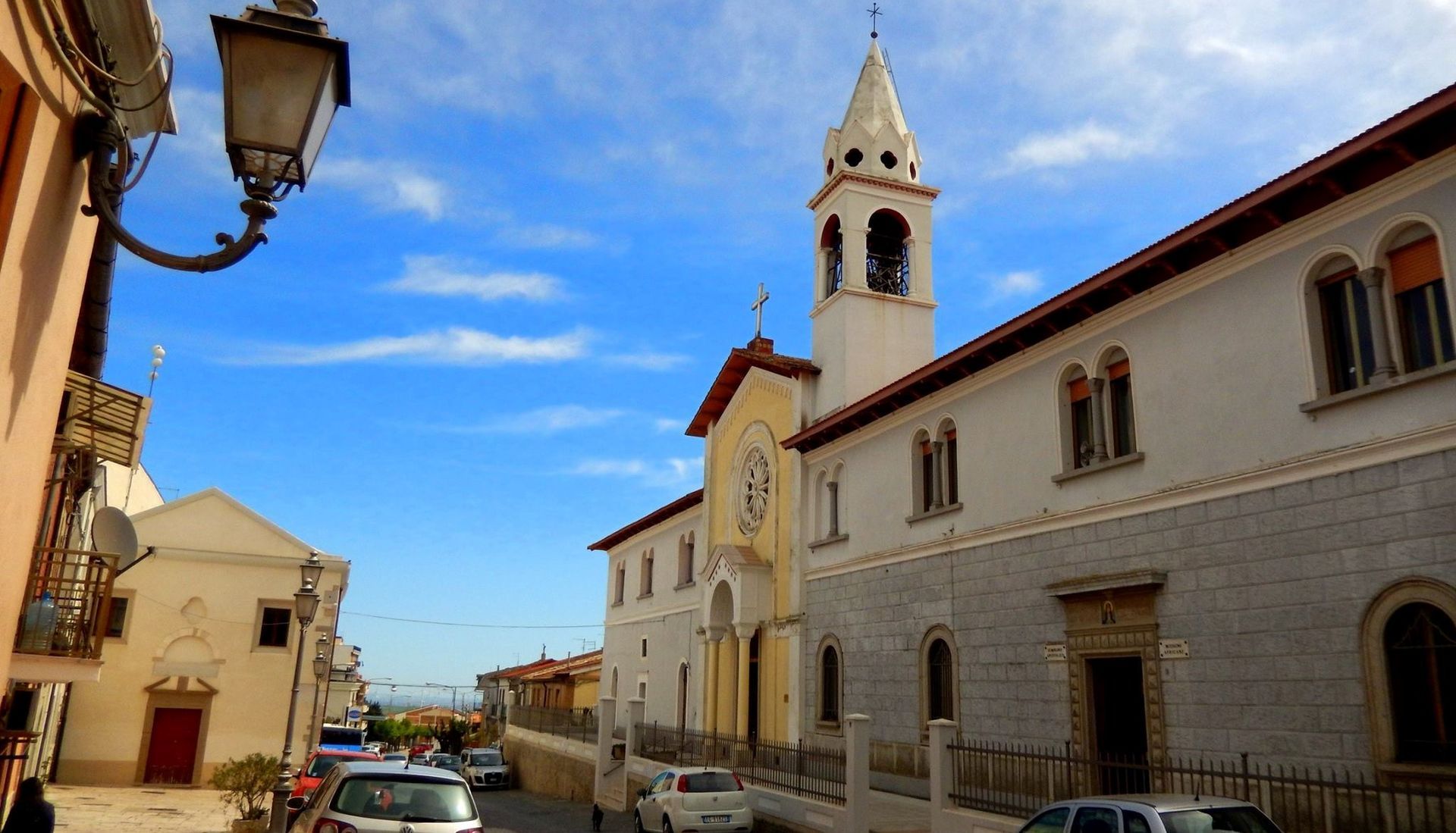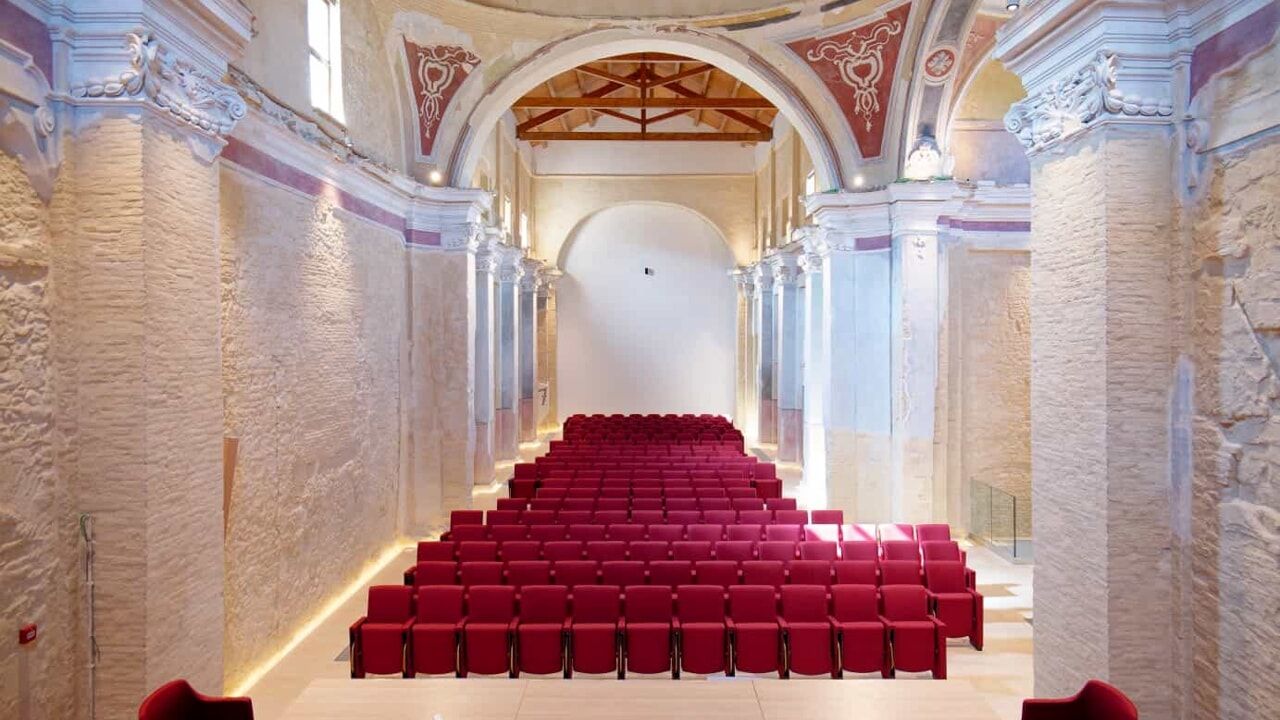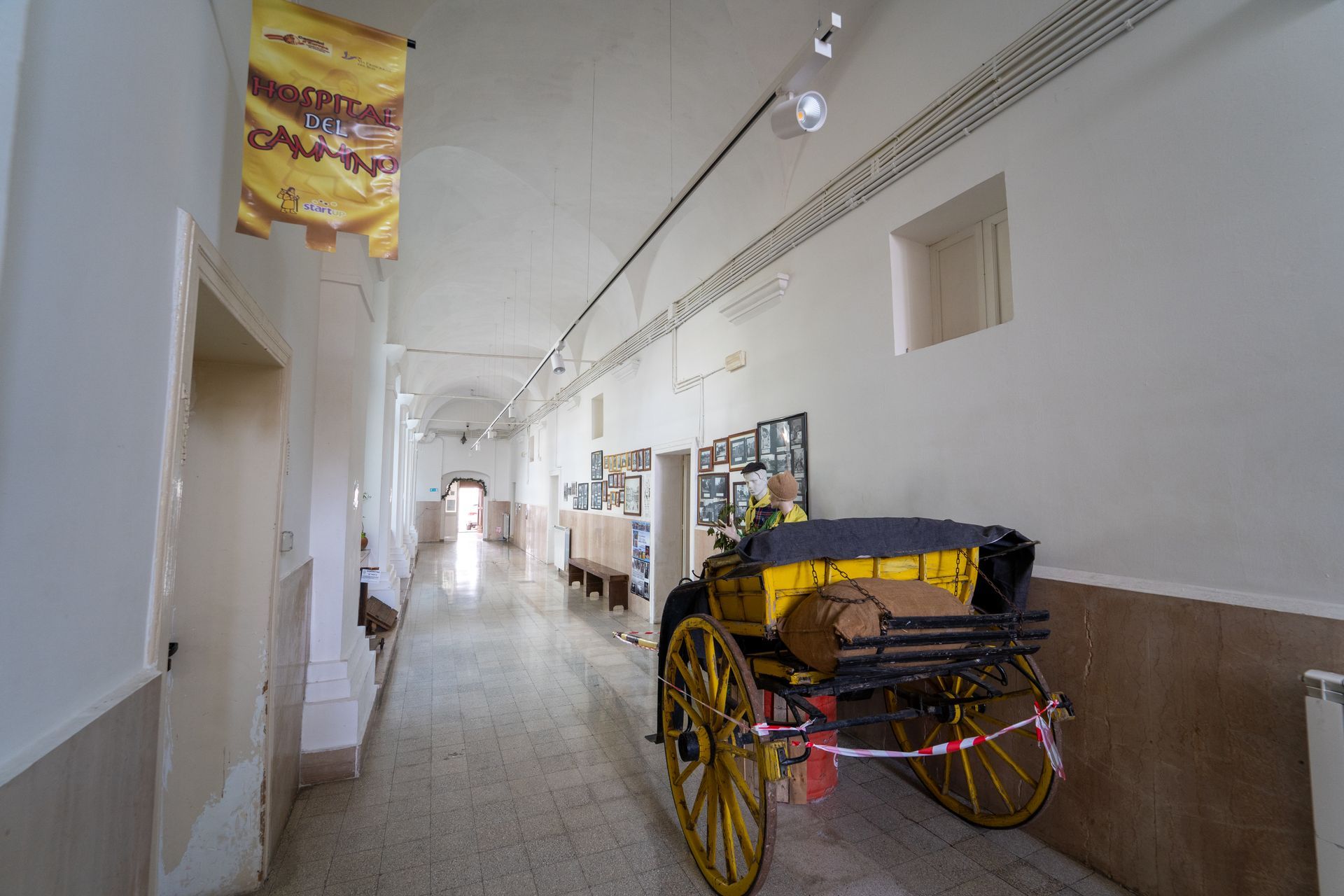A village rich in history and architecture
Discover Troia with its churches, sanctuaries, palaces, and monuments

The origins of the city of Troia
In 2019, Troia celebrated its millenary, with the foundation of the village dated to 1019. However, the origins of the city are much older, tracing back to Aece, a Roman city documented by historians such as Polybius, Strabo, and Livy, which was destroyed by Constans II in 663. On the strategic site of Aece, the Byzantine catapan Basilio Boioannes founded a new settlement to counter the Lombard expansion, uniting the nuclei of the Land of the Benedictines and the Land of the Basilians along the Via Fra Due Terre. He fortified Troia with walls, towers, castles, and gates oriented to the cardinal points. During the Byzantine period, the city became a bishopric connected to the Holy See and hosted important papal councils. Troia, due to its position and political importance, was often the scene of sieges and battles, evolving through the rule of the Angevins, Aragonese, and Bourbons, until it became a symbol of history and resilience.

Co-Cathedral of the Blessed Virgin Mary Assumed into Heaven
The Cathedral of Troia
The Cathedral of Santa Maria Assunta in Troia is a magnificent example of Apulian Romanesque architecture, constructed starting in 1093 after the first council presided over by Pope Urban II. The façade of the cathedral is particularly famous for its rose window, a masterpiece of carved stone representing the wheel of fortune, a symbol of the cyclicality of life. The main entrance is adorned with a finely decorated portal featuring reliefs depicting biblical scenes and floral motifs. Inside, the church has a wide and bright central nave, flanked by imposing columns leading to the high altar. The internal decorations, sober yet elegant, reflect the Romanesque aesthetic with a touch of Byzantine influence. The cathedral, not only a place of worship, is also a symbol of the history and culture of Troia, attracting visitors with its architectural beauty and historical significance.

Church of Saint Basil the Great
A treasure of different eras
The Church of Saint Basil the Great is the oldest in Troia. The earliest written records date back to a parchment from 1087, although some scholars date it to 1017, and other research places it in the Paleochristian era. Essential and austere, the church features architectural elements from different periods. Among these are small baroque canopied tympanums, two Roman friezes on the façade, likely salvaged from the ruins of ancient Aecae, and a lintel from the 1st-2nd century AD above the north door. The interior is divided into three naves, separated by columns with beautiful capitals that support arches and cross vaults. Of particular interest are the Renaissance baptismal font, a 16th-century fresco depicting the baptism of Christ, and a 17th-century canvas attributed to Solimena or Domenico Preste.

Church of Saint Francis
A Baroque jewel in Troia
Built on an ancient building dedicated to the worship of Saint Martin, the Church of Saint Francis was dedicated to the saint of Assisi in 1400 and was part of a convent complex. Modified and altered several times, the splendid church that lines Via Regina Margherita was transformed in Baroque style in 1737 by the friars of Montevergine. The church features a single nave with a bell tower. At the centre of the light stone façade is the entrance with an elegant stone portal. Inside, in addition to the wooden pulpit from the 18th century, there are two of the five wooden groups of the Mysteries: the Crowning with Thorns and the Calvary. The church also houses the choir and the Rococo organ from 1755, created by Domenico Antonio Rossi. The wooden coffered ceiling is painted with the "Glorification of Mary" by Michele Calitri, while other works include a canvas of Saint Januarius by the Troia painter Giovanni Petruzzi, three canvases by Giuseppe Farina, and the statue of Saint Francis of Assisi, created by the artist Giacomo Colombo.

Church of Saint Mary Mediatrix
Sanctuary of Faith and History
The Sanctuary of the Comboni Missionaries stands on the remains of an ancient church that, around the mid-1700s, served as a convent for the Poor Clares. After years of abandonment, in the 1930s, thanks to the work of Father Bernardo Sartori, it became the headquarters of the Congregation and the Seminary of the Comboni Missionaries. Completely renovated, the church exhibits strong influences from the parish churches of Veneto, the homeland of Father Sartori, who chose it as the location for the Seminary. Elevated to Diocesan Sanctuary on December 8, 1954, by the Bishop of the Diocese of Troia and Foggia, Mons. Giuseppe Amici, the sanctuary is a place of great religious and historical significance. Every year, on the last Sunday of May, the Feast in honour of Mary, the Most Holy Mediatrix, is celebrated, an event that attracts numerous faithful and visitors.

Auditorium 'Jean-Marie Martin'
Former Church of the Morticelli
The 'Jean-Marie Martin' Auditorium in Troia stands on the site where the Church of the Morticelli once rose, giving the place an atmosphere imbued with history and significance. Inaugurated in 2023, the auditorium represents a cultural and artistic landmark for the city, offering a modern and functional space for a variety of events, from music to theatre, from dance to conferences. Its contemporary architecture harmoniously integrates with the surrounding environment, while the welcoming and well-equipped interior ensures high-quality cultural experiences. The Jean-Marie Martin Auditorium is a symbol of Troia's cultural revival, reflecting the connection between the past and present through its vibrant programming and its position in the heart of the local community.

The Former Convent of San Domenico
A cultural and historical hub in Troia
The Former Convent of San Domenico, located in Troia, is an ancient religious complex built on the remains of the Castle of Oriente, dating back to 1322, when the Dominican Fathers incorporated the ancient church. Expanded in the 1700s, the convent underwent a series of restoration interventions in the second half of the 1990s. Currently owned by the Municipality of Troia, the convent has been transformed into a vibrant cultural centre. It houses the municipal library, various associations and workshops, and serves as the headquarters of the Hospital del Cammino, the hostel dedicated to pilgrims of the Southern Via Francigena. Recently, thanks to the initiative of local youth, the large cloister has been designated for the promotion and tasting of typical local products, making the Former Convent of San Domenico a meeting place for the enhancement of local traditions.

The main buildings of Troia
Historical treasures of the city
Troia is rich in historical buildings that narrate the events and transformations of the city over the centuries. Among the most significant is the Ducal Palace, an imposing noble residence dating back to the Renaissance period, which still preserves splendid frescoes and period decorations today. Equally evocative is the Bishop's Palace, which once served as the residence of the bishops of Troia and now hosts important cultural and institutional events. The Town Hall, on the other hand, represents the administrative heart of the city, with its neoclassical façade and rooms rich in history and symbols of the Troian community. Finally, the Palace of the Dukes of Monteleone, with its majestic Baroque architecture, is another gem not to be missed, a testament to the prestige and power of ancient noble families. These historical buildings are true treasures of Troia, guardians of secrets and stories waiting to be discovered by visitors.
Come and visit Troia, an Orange Flag village of the Italian Touring Club and a city of art

The meeting point between art, culture, and nature
MENU
Subscribe to the newsletter
Leave your email and subscribe to our newsletter
Contact us
Thank you for contacting us.
We will respond as soon as possible.
An error occurred while sending the message.
Please try again later.













